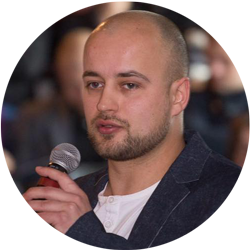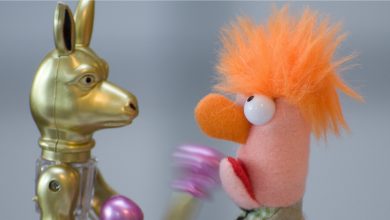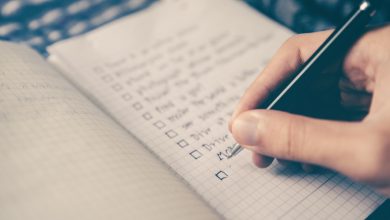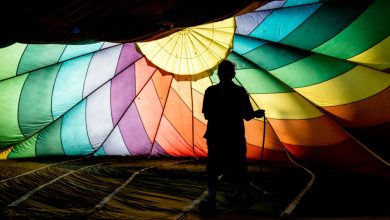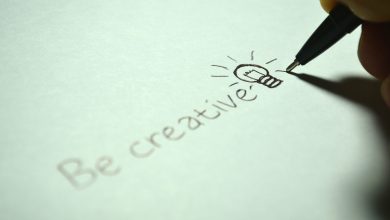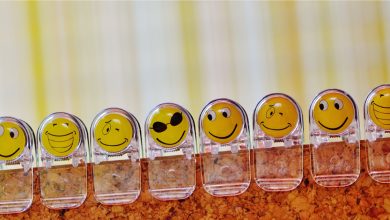Building a relationship. What works?
This tool combines insights from the literature for teachers and experiences of practitioners shared in one of the teacher’s training workshops.
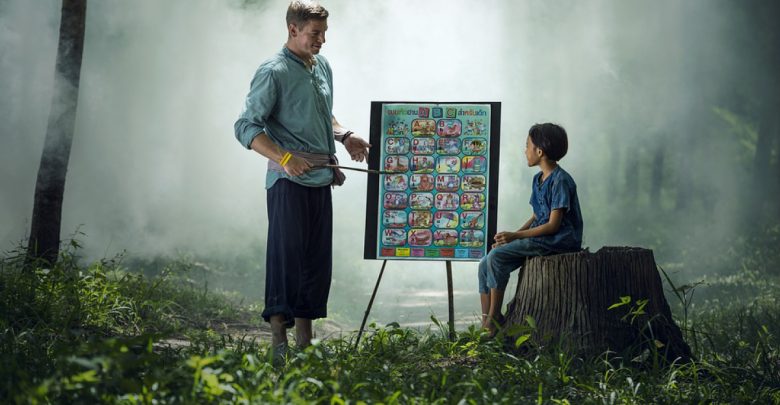
Why did I choose this tool? Building a relationship is somewhat magic and individual in each case. Therefore there are no universal rules that would guarantee an educational relationship. This is an incomplete list of ideas that might work.
How does this apply to being a trainer? A youth worker and a trainer in the youth field both do educational interventions. One of the ways to do so is by establishing an educational program and following it. Another way is to develop a relationship with the participants that goes beyond the program, as many learners agree (unpublished research done in 2016-2018 by Garbauskaitė-Jakimovska) that most of their learning during non-formal education activities happens outside of the programme through dialogue.
Main content:
These are examples of building a relationship in school where the teachers need more time to work on it. Certainly, some of those examples could work in training. Which ones would you use?
How to Build Relationships, according to Ethan Mendes:
- Acknowledge all responses and questions.
- Mention students’ names, skills, ideas, and knowledge in your presentations—without mentioning weaknesses or confidential information.
- Use self-disclosure when appropriate. Be a real person.
- Use responses beginning with “I agree,” “I appreciate,” and “I respect.”
- Ask students about their interests. Collect an information card at the beginning of the year and have students update it regularly. Pay attention to students’ nonverbal responses and make adjustments as you capture their interest or hit neutral ground.
- Build on what you hear from students by sharing stories, interests, and worries.
- Display empathy with individuals and with classes by communicating what you think their needs or feelings might be.
- Listen actively. Match students’ expressions and conveyed moods. Paraphrase their message, when appropriate. Know your students’ world and go there first to open the relationship door.
What helps in building relationships according to the teachers and the ones in training?
- Be yourself
- Don’t lie
- Follow the rules
- Don’t question the importance of the rules
- Clear and repetitive structure of the class
- Acknowledge your mistakes in front of the class, apologize and fix them
- Allow everyone to have their say
- Create equal opportunities for everyone to participate
- Participate in the after school activities so that the students have a chance to see the non-teacher you
- Individual conversation and exploration of needs
- Be together and communicate outside of classes
- Ask about simple daily things and share yours
- Tell about yourself
In the training course that usually lasts 5-7 days, the relationship must be built a lot faster. Go through your favorite manuals for trainers and check out the recommended strategies for building a relationship with learners. Start making a list of the strategies that you find appropriate for your style of training/facilitation of learning.
Further reading if you’d like to dig deeper into the phenomenon of relationship and education:
- http://infed.org/mobi/carl-rogers-core-conditions-and-education/
- http://infed.org/mobi/friendship-and-education/
- http://infed.org/mobi/caring-in-education/
Reflection questions:
- Which of the proposed strategies of relationship-building do you already use in training?
- Which ones you would not consider using?
- What is most challenging for you when meeting a new group of learners? How do you cope with it?
Exercises:
How to apply it in everyday life:
- Now it is your turn to gather up some good practices. Contact 5 trainers and ask them for tips that helped them create an educational relationship.
- Try out the strategies one by one with your learners and see what works for you and your educational approach

